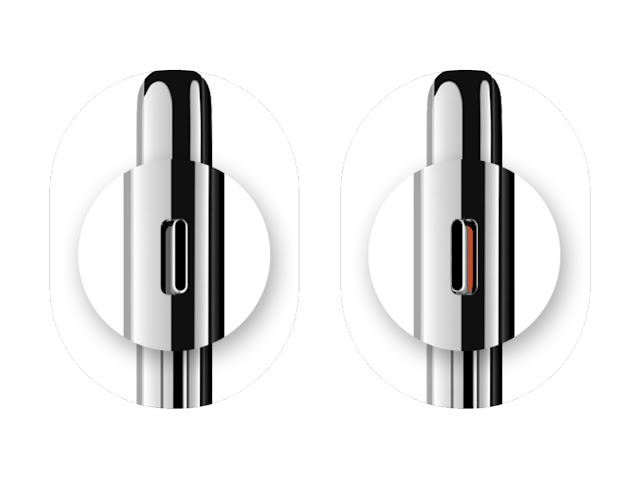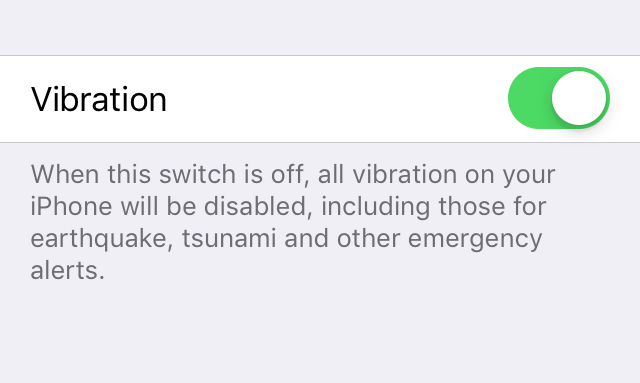Image via iFixit The Taptic Engine is a vibration motor that’s meant to provide haptic and vibration feedback. But unlike regular vibrat...
 |
| Image via iFixit |
To begin with, the Taptic Engine was invented since the Apple Watch in 2015. It brought Force Touch to the Apple Watch and it was then passed over to the iPhone 6s and iPhone 6s Plus later in the year.
In the iPhone 6s, the introduction of Force Touch brought 3D Touch to the iPhones of today. 3D Touch involves the Taptic Engine and the display to work together in providing shortcuts and quick actions in the home screen to an app.
A year later, the Taptic Engine of the iPhone 7 has brought up to a new level. There’s haptic feedback through the solid-state home button, in the camera shutter, and in many more basic functions.
In addition to the extensive possibilities the innovative vibration motor can do, it draws up some of its problems. These issues depict of loud or no haptic feedback, buzzing sounds from calls/alerts and abnormally loud home button clicks. If you exhibit any of these problems, continue reading below for solutions!
 | |
|
Toggle the Ring/Silent Switch Back and Forth
One of the first solutions to this issue is to toggle the Ring/Silent Switch back and forth. If the switch is down with an orange mark, then your iPhone should vibrate and it’s put on silent mode. Don’t fret if your iPhone doesn’t vibrate or exerts a loud buzz because the second solution goes down to the settings app!Check the Settings app of Your iPhone

Now your iPhone hasn’t passed the “Ring/Silent Switch” test, so the next stop is the Settings app. Start by opening the Settings app on your iPhone. Then go to the “Sounds & Haptics” Settings. Make sure that the following configurations are turned on: Vibrate on Ring or Vibrate on Silent. This means that your iPhone will vibrate if the silent switch is up, or in silent mode with the switch down, alongside the orange mark. If all of the above is turned off, neither will vibrate. On the contrary, make sure you set a vibration pattern for your notifications by checking on vibration patterns other than None.
The alternate solution related to this issue is to go to Accessibility Settings in the Settings app. Open Settings on your iPhone, then go to General. Tap on Accessibility, and scroll through until you see “Vibration”. Tap on it, and then you should see a switch on the right. If it’s white, all of the haptics and vibration is shut off unless you turn it back on. If the switch is green, then all of the iPhone’s Taptic Engine functions are enabled again.
If all of the above steps don’t work, then you’re in for the third solution. Get ready to grab a Lightning cable and your MacBook if you need to use recovery mode!
Reset Your iPhone, or Put it in DFU Mode!
Thirdly, the solution is to reset your iPhone to factory settings, put it in recovery mode or clean up the whole system by using DFU mode. You can wipe your iPhone to factory settings from going to Settings, then to General, and to Reset. In the Reset page, tap on “Erase All Settings”. You don’t need to give a gripe about backing up your iPhone to iCloud or iTunes, because this setting only affects the iPhone’s settings, not your data! After a few minutes, all of your iPhone’s settings will be the default. If you still don’t get the haptics and soft vibrations, then let’s do the iTunes stuff, which is recovery mode and DFU mode.
Grab your MacBook and your Lightning cable for this, because we’re going to do a DFU restore or a recovery mode restore for your iPhone! Follow the directions for doing recovery mode on iTunes in the link and the DFU mode instructions here.
Now iTunes has put the vibration on your iPhone back to a normal state, right? If nothing else helps from these other paragraphs above, then you’re in the last straw. Your iPhone’s Taptic Engine problem is now getting more worse and serious because it’s now a hardware problem. Now it’s time to bring your iPhone to further treatment, at the last resort!
The Final Solution: See an Apple Genius for Further Assistance
You’ve been assiduously trying every solution in this article to restore the vibration of your iPhone, and they haven’t helped you at all. But you’ve guessed why they don’t work for you: The Taptic Engine is burnt out, or malfunctioning. It’s true that impact to an iPhone can indulge in damage to this sensitive, vibration motor, and heat generated by the iPhone’s RAM can burn out some components.
The final solution is the replacement of the Taptic Engine, and it can only be done carefully by the Apple Geniuses. These Apple employees are certified Apple technicians and take great care of your iPhone, right at your local Apple Store.
You can begin the repair process by backing up your iPhone and then making an appointment for the Genius Bar at your local Apple Store. This can be done on the Apple website, upon referral by an AppleCare advisor in the Apple Support app or with an Apple specialist for a walk-in appointment. On the day of your appointment, check in with a specialist, and sit in the Genius Bar and relax until the Genius comes to your service. The Apple Genius will be here to treat your iPhone with a new, functional vibration motor.
Overall, you finally have taken a lengthy amount of work to get your iPhone’s Taptic Engine to stop itself from buzzing or restore its haptic feedback. Now you can hear and feel when you're doing something on your iPhone, or when a call comes in. Deserve yourself a pat on the back if you did it right.









COMMENTS